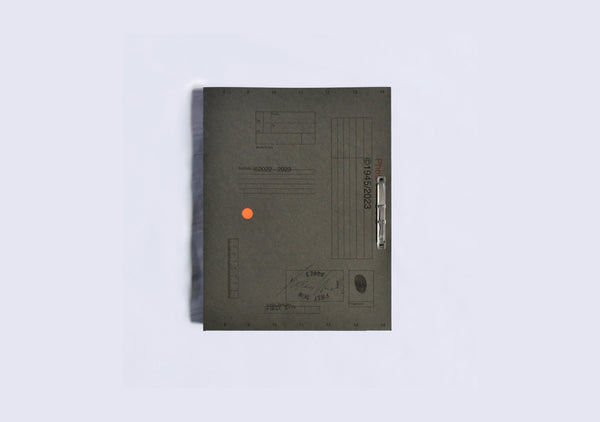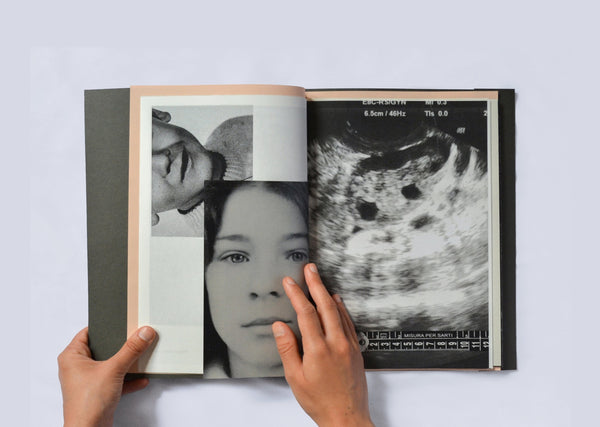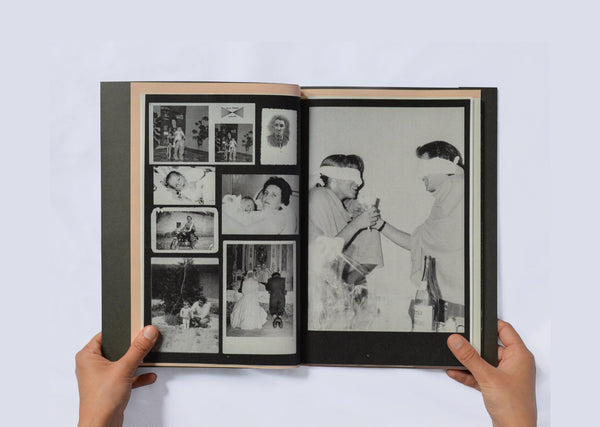





Ilaria Miotto
First Skin
Self-published — 2023
Memory is connected to all senses but is majorly stored in our vision as we mostly remember through images. Eventually, our visual memory is migrating to devices which are prostheses of our mind and body. What happens then to the human memory, that which can be traced in immaterial dreams and phantasmatic images floating in our mind when we are awake. We mostly remember through images which nature we are not sure about. Memory relies on photographs, or images at large if we consider the former as prone to being modified or altered by a computer.
Visual memory is subject to change and so memory, both material and immaterial. Indeed documentary material such as archives need to be preserved as matter changes over time. Matter deteriorates and so does the narrative of subjective memories. A commonly-held view is that women forget the intensity of labor pain and traumatic events do get forgotten to some extent as for dissociative behaviours. The objective experience of reality constantly mingles with the subjective self as if a surface or a metaphorical skin was forming through the encounter of the origin of a memory and the consequent renarration of it.
First Skin by artist Ilaria Miotto is about this very surface where the existent and the objective visual memory of events - archival photography - face and mingle with subjectively formed and informed canvases where matter deteriorates. Her research is rooted in the understanding of memory as a psychic function of mental representation, thus she explores the boundaries of the imaginary geographies of sensations that anticipate and underlie every structure of thought and language. The fragmentary and decaying paintings are a visual and performative trace of the conflictual relationship between memory and matter. The photographic and the materic images dialogue in friction: the former are both the beginning and the end of the artist’s memory of her own story from which she subtracts memories thus reconstructed in informal frames.
If believing is seeing what happens to undocumented and undocumentable facts?
Not every memory is thus traceable in a visual form, either impressed in the materiality of a paper photo, or in the immateriality of pixels. As in the most recent research by Miotto the photographic adds up a scientific kind of data where to land her materic process of deterioration of interior images and untouchable memories. The surface of a materic and informal art practice encounters that of (photo)graphic traces of past facts as they simply happened and people as they simply were. “If one believes what one sees, it is only because it looks like it can also be touched”, asserts Margaret Olin in her book Touching Photographs (2012) tracing back to Roland Barthes’ thought that if we think something we see is or once was real enough to be touched, we will be more likely to believe ideas connected to the vision. Miotto seems to take part in this quest for researching the origin of memory between truth and imagination, objectivity and personal bias, yet leaving her boy of work open to every person’s meaning-formation.